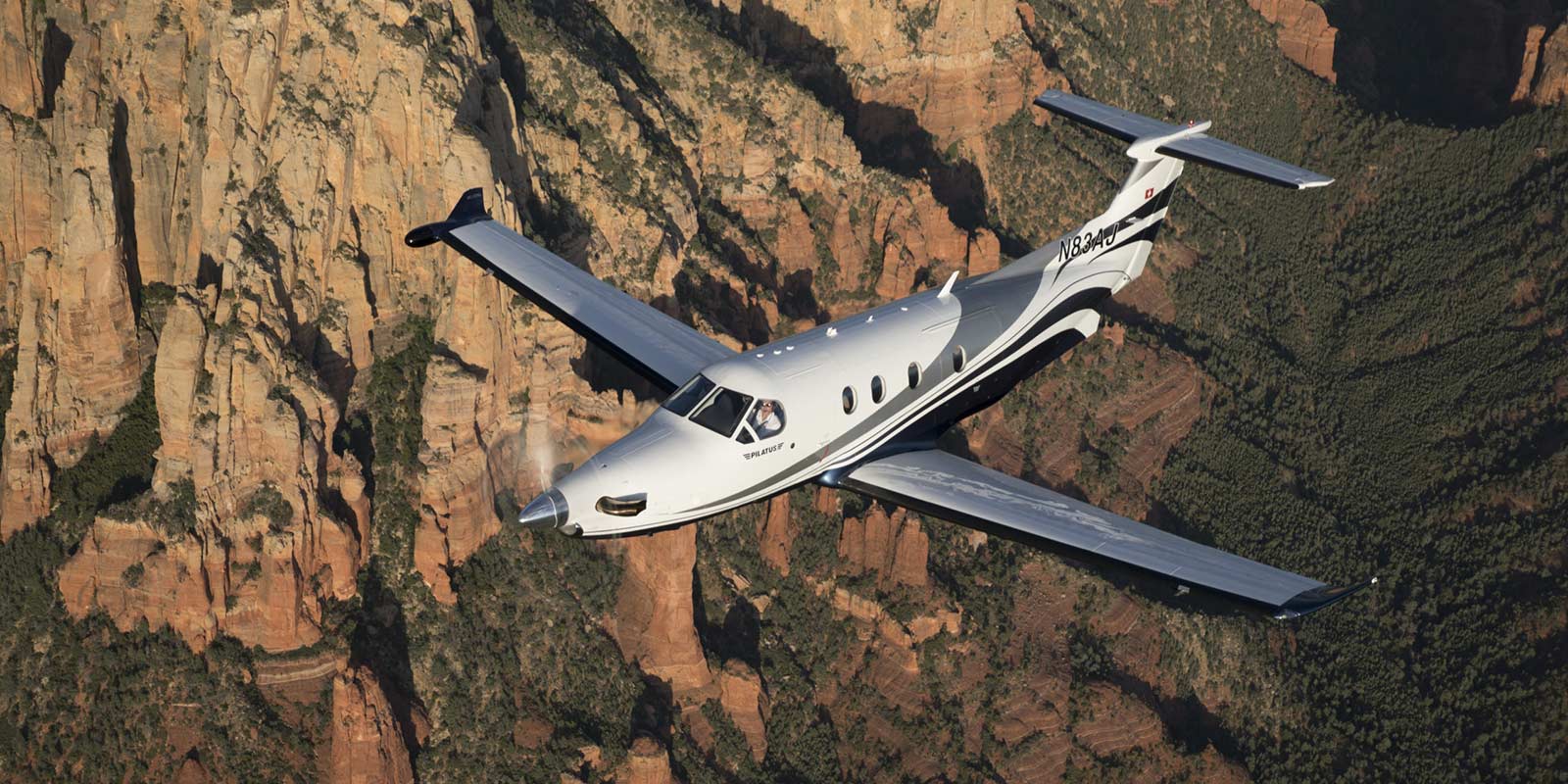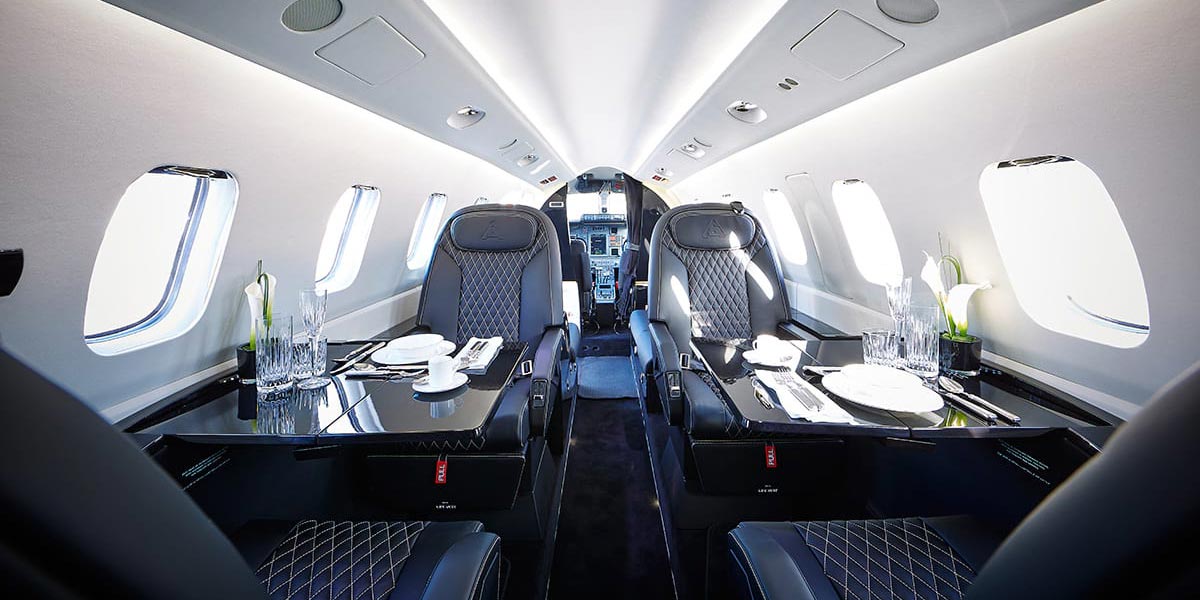About the Bombardier Global 6000
The Bombardier Global Express is a large cabin, 6,000 nmi / 11,100 km range business jet designed and manufactured by Bombardier Aviation (formerly Bombardier Aerospace). Announced in October 1991, it first flew on 13 October 1996, received its Canadian type certification on 31 July 1998 and entered service in July 1999. Initially powered by two BMW/Rolls-Royce BR710s, it shares its fuselage cross section with the Canadair Regional Jet and Challenger 600 with a new wing and tail. The shorter range Global 5000 is slightly smaller and the Global 6000 is updated and has been modified for military missions. The longer range Global 5500/6500 are powered by new Rolls-Royce Pearl engines with lower fuel burn and were unveiled in May 2018. The larger and stretched Global 7500/8000 have longer ranges.
Operational History
It can fly intercontinental ranges without refuelling (e.g. New York City–Tokyo) or between most two points in the world with only one stop.[37] In this class, the Global Express competes with the Airbus Corporate Jet, Boeing Business Jet and Gulfstream G550/650.[citation needed]
Most missions are between 3.5 and 4.5 hours in length and cover 1,500-2,000 nmi; flight times can extend to 10 hours at Mach 0.85 (488 knots at ISA) or 12 hours at Mach 0.82-0.83 (476 knots ISA), or a maximum of 13 hours with clear weather at the destination and multiple alternates nearby. It burns 5,000 lb. of fuel for the first hour, 4,000 lb the second, 3,000 lb the third and 2,500 lb during the final hour.[36]
The average trip lengths for most operators is 2.5 hours, where the aircraft will cruise between Mach 0.85 and Mach 0.89, making it one of the fastest long range jets available as of 2016.[38] The maximum certified altitude is 51,000 ft (16,000 m), and its landing distance is 2,236 ft / 682 m at sea level, ISA conditions and typical landing weight.[39] The typical approach speed is 108 kn (200 km/h).[citation needed][importance?]
A checks come at 750 hour intervals while C checks have been extended from 15 to 30 months in 2012. [36]



